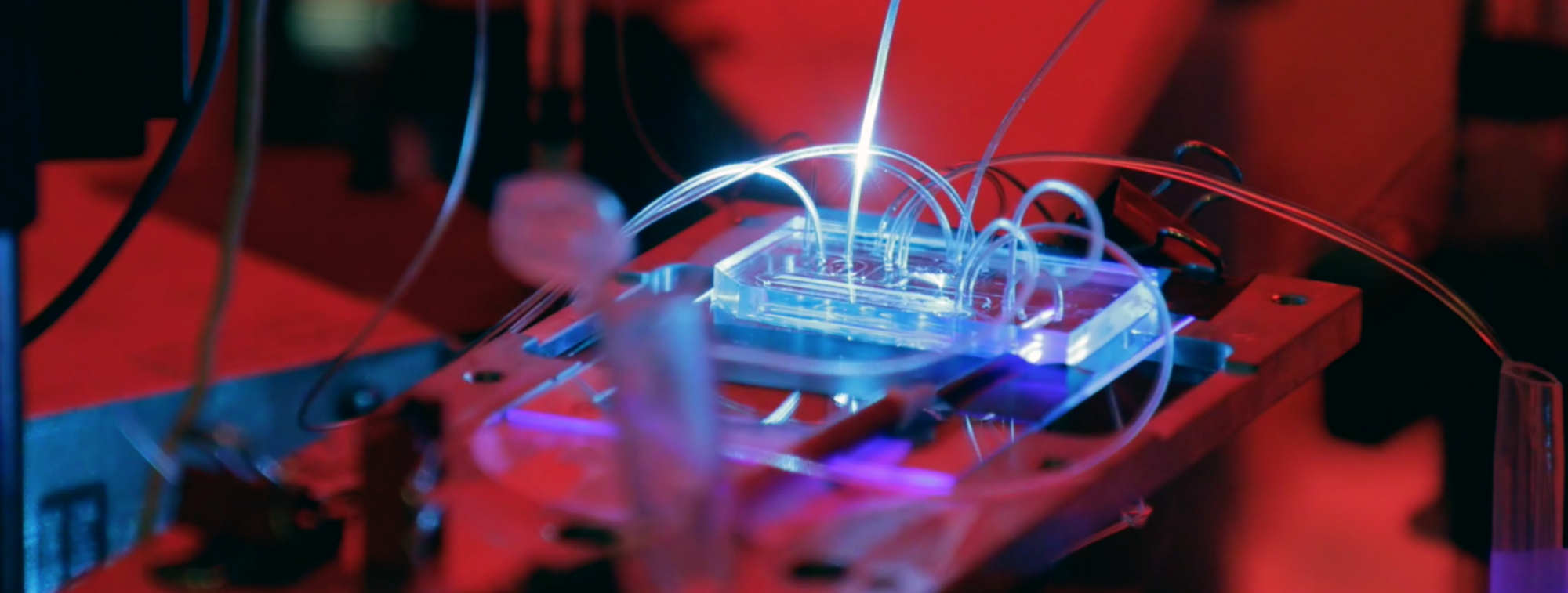Overview
Most scientists recognize the 3 billion bases of DNA sequence as the primary outcome of the Human Genome Project (HGP), but the technology development that it spurred is arguably of deeper significance. Next-generation DNA sequencing (NGS) platforms, which have globally distributed genome-scale analysis, now also reveal high-definition and often surprising views of cellular metabolism and organization via sequencing-based approaches (RNA-seq, ribosome profiling, Hi-C, etc.). The draft genome also became a call to action: translate sequence into therapies. The NIH Molecular Libraries Program (MLP) was the first such concerted effort, establishing centralized high-throughput screening (HTS) centers to discover drug leads. While the MLP churned out hundreds of chemical “probes” (highly potent and selective bioactive small molecules), the economic burden and rate of discovery did not align with the ambitious goal of drugging the entire proteome. Moreover, long-known criteria defining a protein’s small molecule “druggability” have not changed, leaving the vast majority of the human proteome “undruggable.” The MLP did not address this problem and technology that would render proteome-wide probe discovery feasible akin to that developed for genome sequencing still does not exist. Our laboratory is developing this next-generation drug discovery technology.
